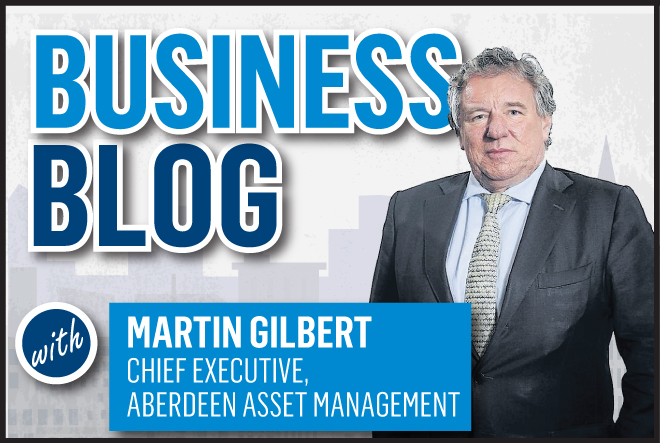Employers are increasingly aware of the value of modern apprenticeships (MAs). Under the direction of Skills Development Scotland, more than 25,000 people every year start a modern apprenticeship, with over 80 MA frameworks, from financial services to healthcare, from construction to IT. And the feedback is positive – 96% of employers say those who have undertaken modern apprenticeships are better at their job and they praise MAs for improving productivity, staff morale, and service and product quality. Significantly, 92% of MAs stay in work once they’re qualified.
Policy-makers too are keen to promote apprenticeships as an alternative to university education and have committed substantial public funding to this goal. The Scottish Government invested £3.8million over 2015-16 to fund an extra 500 modern apprenticeships, with the aim of expanding Skills Development Scotland’s apprenticeship programme from 25,000 to 30,000 by 2020. First Minister Nicola Sturgeon said: “Apprenticeships not only offer our young people better job prospects – they also have a positive impact on businesses and industry, bringing value to employers and our economy.”
At Aberdeen Asset Management we recognise the importance of apprenticeships to young people and to society as a whole. We started our apprenticeship scheme in 2012 and so far 32 colleagues have taken part in the programme. We were a keen supporter of the Press and Journal’s Apprentice 100 campaign, which created 150 new traineeships across the north and north-east in 100 days. There’s a young generation entering the careers market that is brimful of talent, but youngsters need guidance and training to enable them to fulfil their potential. That’s where MAs play a crucial role.
But apprenticeships have a PR problem. The Chartered Institute of Personnel and Development (CIPD) says: “Apprenticeships are an important alternative to university education… This is particularly important in today’s labour market as employers increasingly ask for job-specific skills and work experience.” But, despite the fact that some apprenticeships are equivalent to a degree, research by the CIPD reveals a public perception of them as being inferior.
A representative sample of 2,000 people in employment in the UK showed that less than 20% of working parents with children under 18 thought apprenticeships have the same status as a university education. The survey also revealed only 15% of parents reported that they or their children had received any information on alternatives to university education from teachers.
Similarly, the Association of Chartered Certified Accountants found, in a survey of more than 1,000 respondents aged between 16 and 18, that more than one-fifth believed doing an apprenticeship would leave them earning significantly less than if they went to university. Clearly, a culture change is needed to improve the public perception of apprenticeships.
At Aberdeen we’ve found all our apprentices to be keen, motivated individuals who are committed to on-the-job training and learning. If they develop their natural aptitudes through a wide-ranging programme, with up to two years to discover the specialisation that best suits their interests and talents, then the path to a highly successful and rewarding career lies open to them.
Last week we were delighted that Sophie Ewen, one of our apprentices who completed a business and administration MA with us and is now our graduate programme co-ordinator, won the title Apprentice Ambassador of the Year in the 2016 Scottish Apprenticeship Awards. We are all thrilled that her talent and dedication have been recognized with this well-deserved award.
Sophie, a former pupil of St Machar Academy in Aberdeen, was one of the first apprentices recruited by Aberdeen when we introduced the apprenticeship programme to complement the company’s existing intern and graduate programmes. Today, as a member of our HR team, she helps co-ordinate Aberdeen’s talent programme, including apprenticeships, investment trainees, interns and graduates.
Across business and industry there is debate about the relative strengths and weaknesses of different types of apprenticeships. The Department for Business, Innovation and Skills, for example, has suggested that every pound invested in level 2 apprenticeships returns £26 to the UK economy. Obviously, a benefit on that scale wouldn’t apply to every apprenticeship, but there is consensus on the overall beneficial effects. These include benefits in productivity, competition and employee retention. More research is needed to help identify the types of apprenticeships it would be most productive to create in the UK and to challenge negative perceptions.
The UK Government has pledged to create three million new apprenticeship starts by 2020 and to improve recognition and quality of apprenticeship programmes by involving employers more fully and giving them control over standards, content and funding. Another proposal is to protect the term “apprenticeship” in legislation.
Obviously, a lot of fine-tuning will be needed to develop best practice in apprenticeship programmes, but their high value to business and young people alike is beyond dispute.










